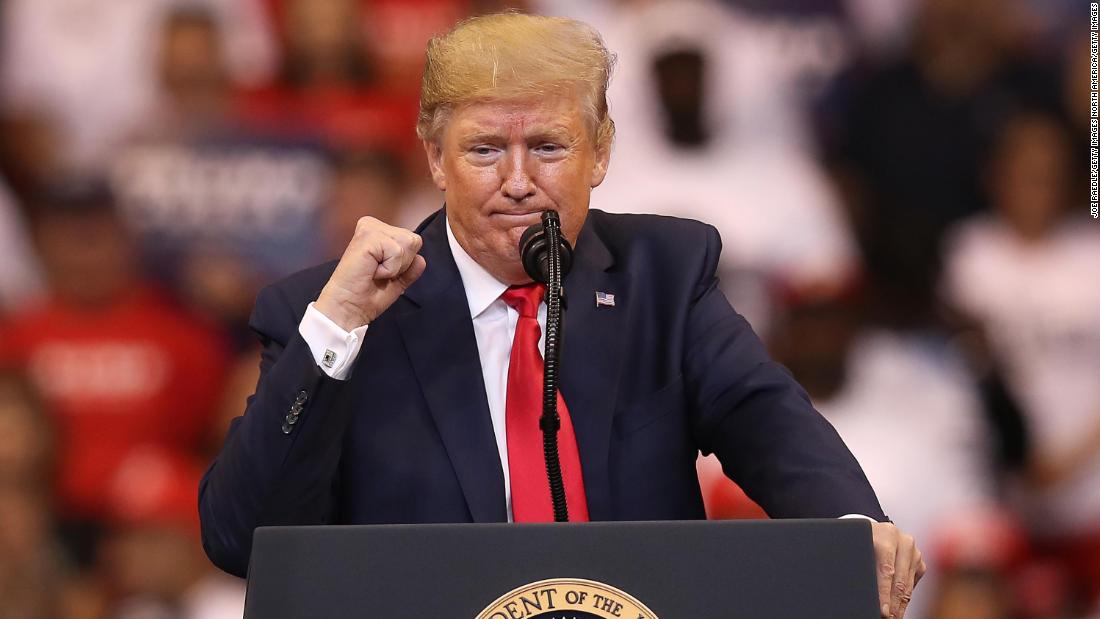[ad_1]
But by mid-March of an election year, approval ratings, though, become more predictive. Presidents with low approval ratings in mid-March of an election year tend to lose, while those with strong approval ratings tend to win in blowouts and those with middling approval ratings usually win by small margins.
On the opposite end of the spectrum, there have been five presidents with an approval rating of 55% or above. There was Bill Clinton at 55%, Ronald Reagan at 55%, Richard Nixon at 58%, Dwight Eisenhower at 72% and Lyndon Johnson at 80%. All of these presidents won their elections by nine points or greater.
Finally, we have the group of presidents with approval ratings between between 46% and 54%. This includes Gerald Ford at 47%, Barack Obama at 47%, George W. Bush at 49% and Harry Truman at 51%. All of their elections were decided by less than 5 points.
Ford didn’t win.
It’s certainly within the margin of error that Trump wins reelection even if his approval rating stays where it is by mid-March of next year.
Like when only accounting for approval ratings, it would be a race within the margin of error.
Still, you can clearly see how history points to an uphill climb for Trump. Combine that with the fact that his approval ratings have been consistently low, and there’s no reason to believe the underlying political environment will change dramatically by Election Day if things hold over the next 100 days.
That leaves us with the big unknown of who Trump’s opponent will be in the general election. Who that is will ultimately help to determine whether Trump is able to beat his poor fundamentals.
[ad_2]
Source link



